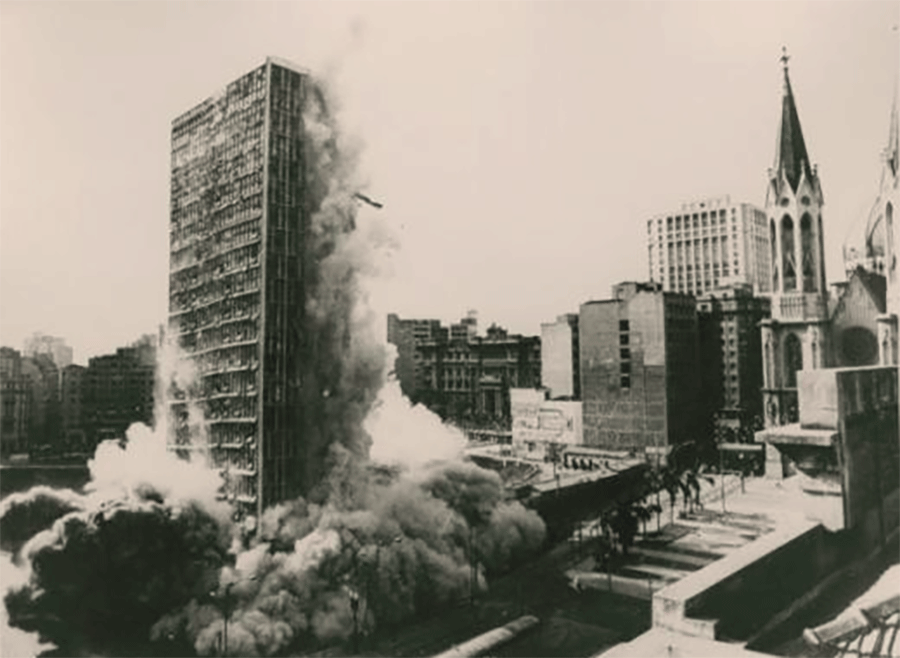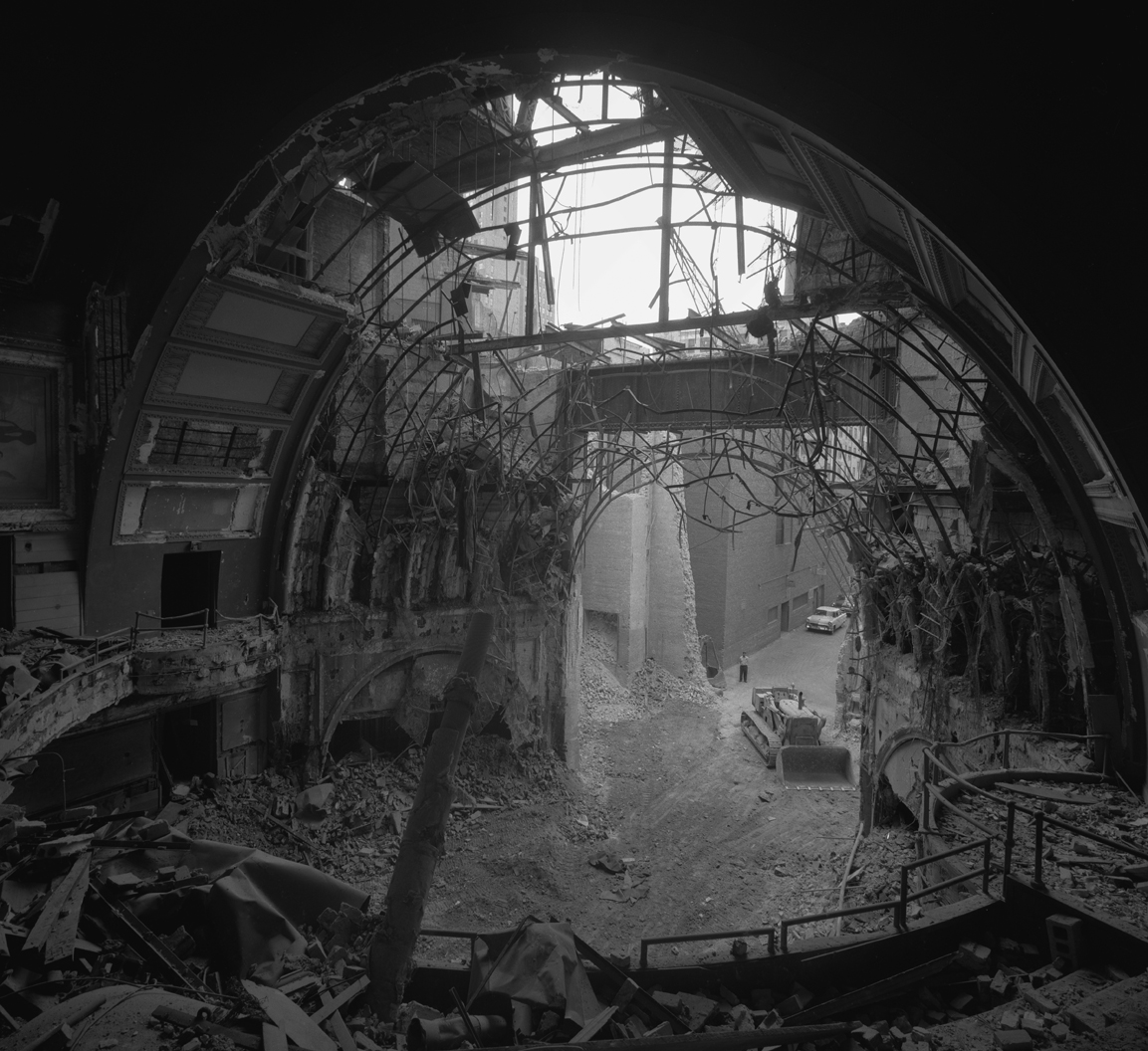

Bulldozed
São Paulo and Chicago | A Social History of Demolition
Northwestern University, Spring 2019
A Compelling Comparison
What stories does rubble tell?
This course examines the histories of São Paulo (Brazil) and Chicago (USA) through the demolitions that remade them over the twentieth century. Today among the most populous and ethnically-diverse global cities in the Americas, São Paulo and Chicago grew up as transportation gateways to the West and hubs of industry. They were imagined and constructed by an array of newcomers: from African descendent, European, Latinx migrants to bold urban planners. The compelling shared and comparative histories of these two cities will serve as the basis for questions like: How do demolitions change places and the meanings attached to them? Why do authorities bulldoze certain structures and not others? Where do dislocated residents go? How have demolitions contributed to segregation, economic immobility, and racialized inequities across space and time? Course sections will follow the razing of singularly meaningful sites along with broad patterns of demolition related to housing and transportation projects (to take two examples). Source material will span from historical maps and city plans to samba and blues music that preserve razed spaces in popular memory.
The course will include a collaborative research project. Students will use a digital mapping application to document, analyze, and visualize social and spatial change related to demolitions over time. No prior experience with mapping applications is required, and students interested in learning programming basics in a supportive and structured environment are welcome. The course will include local site visits in Chicago and virtual tours of São Paulo.
Pictured above: On the left, The 1975 demolition of the Edifício Mendes Caldeira building in the center of São Paulo, carried out for the construction of the metro station at Sé. On the right, Schiller Building, Chicago, IL. Richard Nickel, photographer. Richard Nickel Archive, Ryerson and Burnham Archives, The Art Institute of Chicago. Image file # 201006_110815-060.